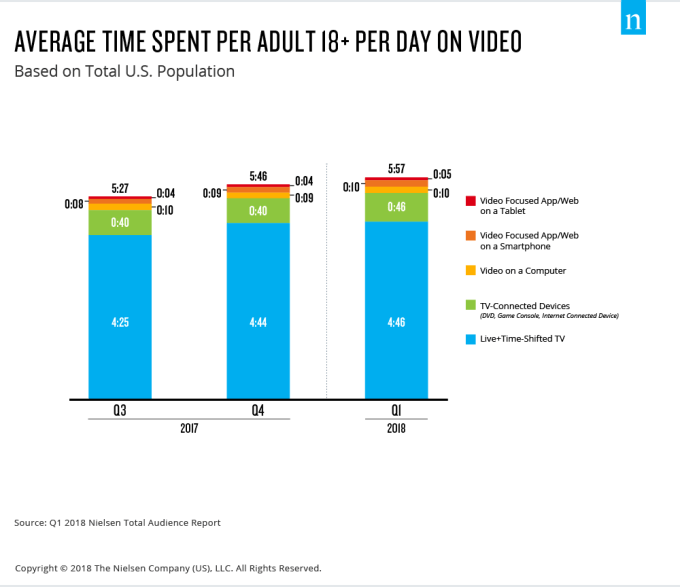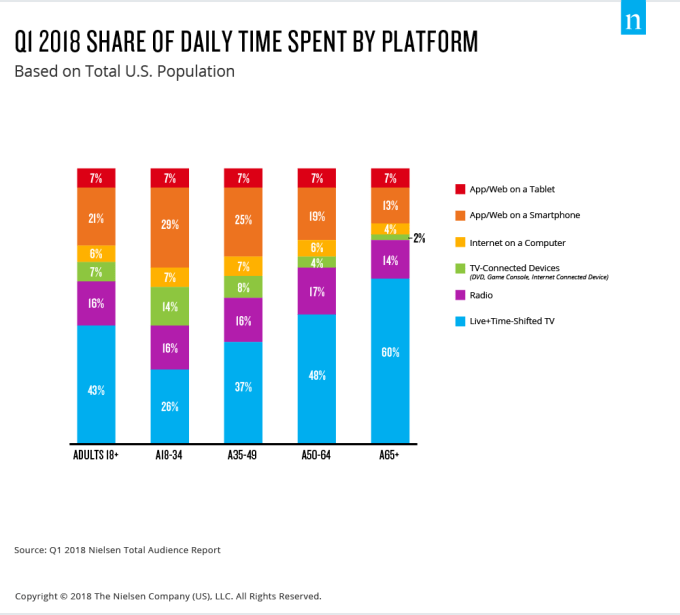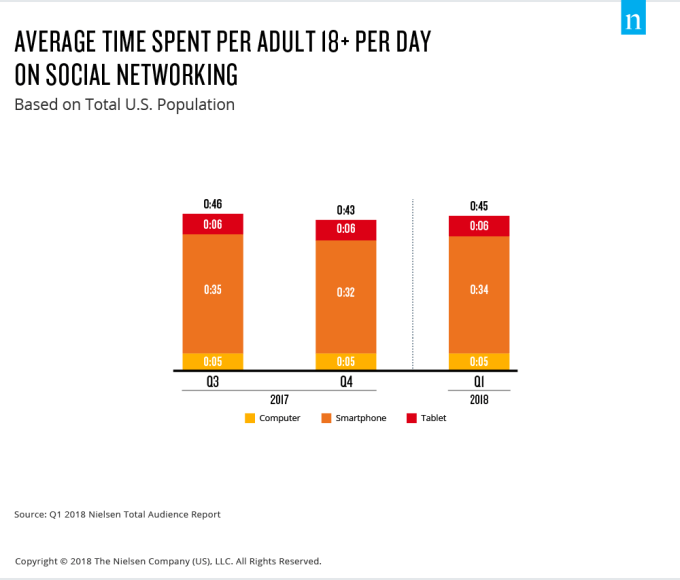Scalar Capital is a San Francisco-based hedge fund company specializing in crypto assets. In fact, it is one of roughly 300 “crypto” funds that have sprung up in the last year or so.
That kind of market zaniness makes it difficult to carve out a niche, but Scalar has a bit an edge on this front, thanks to its founders’ backgrounds. Linda Xie, who studied economics at UC San Diego, spent a couple of years out of college as a portfolio risk analyst with the insurance giant AIG before joining Coinbase as a product manager, a role she held for more than three years before leaving last fall to start Scalar.
Her cofounder, Jordan Clifford, has a computer science degree from Carnegie Mellon and spent a few years as a business analyst with Capital One before bouncing around a couple of startups and landing at Coinbase, where he worked as a software engineer for roughly 18 months, meeting Xie in the process.
Though it’s far too early to say whether Scalar can, well, scale, a source close to the firm says the duo has already raised $20 million from investors that include VC and crypto enthusiast Chris Dixon of Andreessen Horowitz, Coinbase cofounder Fred Ehrsam, and angel investor Elad Gil, among others. We spoke with Xie recently to learn more. Our chat has been edited lightly for length.
TC: When did you first become interested in crypto assets?
LX: I first came across bitcoin in 2011. At the time, I was working (first as an intern) at AIG, which was hiring a lot of risk analysts after the financial implosion. And I saw a lot of what went wrong and became very interested in decentralized systems. When Coinbase came along and I saw they were working with [retailer] Overstock, [helping enable bitcoin as a form a payment for its customers], and working with regulators to take bitcoin mainstream, I wrote to them, and they brought me on.
TC: What were you doing there exactly?
LX: Initially, I was working with law enforcement to help them catch criminals. It’s how I became interested in Monero [a privacy coin that launched in 2014 with privacy features meant to give users a degree of anonymity]. Then I later became a product manager at Coinbase, building internal tools, which is when I met Jordan. He was an engineer on the same team, and we were educating people internally about different cryptocurrencies and really enjoyed that and realized we wanted to spend our time investing in this. So we decided to leave last year and start this fund together.
TC: How is Scalar unique in what it’s doing?
LX: It’s a very volatile space, but we’ve already been able to see what it takes to succeed through our work at Coinbase. I’ve also advised Ox [a decentralized exchange on Ethereum] and through that work seen what it takes to build a successful crypto project from creating a white paper to building community. Full disclosure: the cofounder is my husband. But over two years, I helped set up its structure, connected it with advisors and investors, and helped make sure its tokens are distributed, and I’m taking what I learned and applying it to other projects. Even if it’s a liquid asset that we’re getting involved in, we try to be as helpful as possible, both on a technical level, as well when it comes to strategy and recruiting.
Our fund is focused on crypto assets with a core focus right now on privacy coins, which we think are undervalued. But we’re also investing in different smart contracts platforms and scaling solutions — different technologies that we think are going to be a big deal.
TC: The latter two don’t sound very liquid. As a hedge fund, aren’t your investors expecting returns fairly quickly? Or do you sell the projects’ tokens right away on the secondary market?
LX: I don’t think anyone can promise exact returns. It’s going to take a few years to [start to see] some of the winners in this industry. But we’ve made it really clear to our investors that this industry is [in the very early innings]. We’re still figuring out the technology and how it gets to scale, but we believe that by getting in early, we’ll be able to capture massive amounts of value.
TC: How many different coins have you invested in so far, and how do you think about company or project “stages” and whether and when it makes sense to invest?
LX: We’ve invested in over a dozen privacy coins. For the early-stage ones, where there’s no product or code available, we’re very dependent on background of the team. But even at that idea phase, we’re thinking through the token economics.
When we get to later-stage projects, we’re looking at the open source code; we’re looking at the community; we’re assessing how do you create a moat. Community is definitely one of the most important pieces — are there people using it and giving their feedback or is this a purely speculative community. We’re also looking at the token itself and considering the supply and the ownership that the team has and its vesting schedule. At the end of the day, making sure the tech is sound and the code is secure and that a team is using the best coding practices and that its developers are competent is the most crucial aspect of what we do. Jordan handles a lot of [this work] but we also have technical advisors.
TC: So many tokens are being generated that Thomson Reuters just added 50 tokens to its financial data feed. Should we expect public exchanges that, instead of company shares, sell company tokens? Is that where things are heading?
LX: First, the vast majority of tokens right now are terrible. Many of them come with zero rights to company revenue or anything; they’re just used for fundraising. I do think we’ll see a trend toward security, where you can tokenize traditional securities and you’ll have 24/7, liquid markets that are accessible globally. I do eventually see many companies, but public and private, tokenizing their securities and releasing them in this form.
That’s not what truly excites me, though. That just mirrors our existing financial system. I’m much more excited about concepts where you’re disrupting something using cryptography, where a crypto asset is not seizable by any government and you can store money with it and anyone can have access to it.
TC: There are so many deals out there. How would you characterize your investment pace?
LX: There are so many terrible deals out there. The best deals are highly competitive. As for pace, it goes through cycles. We’ll fund some really compelling projects, then months will pass where there’s nothing.
TC: Who are your typical co-investors, and what size checks are you writing?
LX: We mostly find ourselves in VC rounds, with some of the investors in our management company — people who are thinking longer term and who realize that crypto is in its early days. The size of checks completely vary based on our conviction.
TC: What’s one new area of interest for you?
LX: Ethereum is right now the dominant smart projects platform, but there’ve been some issues with scaling, so we’ve been looking at some competitors in what’s becoming a smart contracts war. There are dozens, but only a handful are really good in our opinion, and a lot of them make trade-offs. You want three attributes in an ideal world: scalability, security, and decentralization. Right now, there’s this state where you can only have two. Security is paramount, so the trade-off is between scaling and decentralization. Ethereum is very focused on decentralization; other projects are more focused on scaling and they’ve made decentralization trade-offs.
Pictured above: Jordan Clifford and Linda Xie









